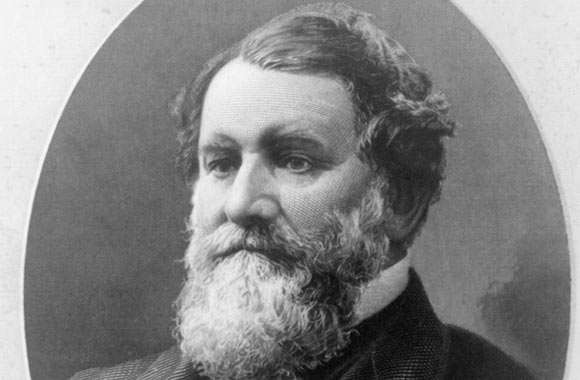James Hargreaves invented “Spinning Jenny”
The spinning Jenny, one of the most important devices which brought advancement in production of textiles in the industrial revolution, was invented by James Hargreaves. This great man was born near Blackburn in 1720. A carpenter and weaver by profession, he never received any formal education and was the kind of inventor who could not read or write. But this weakness never over shadowed his interest for engineering.
In 1760s, Hargreaves was one of the very few weavers who owned their own spinning wheel in the village of Stanhill. A coincident that was cashed very sensibly by Hargreaves became the mother of invention of the spinner. One day his daughter Jenny inadvertently knocked over the spinning wheel. The spindle revolved incessantly and that gave him an idea that a line of spindles can be worked off by just one wheel.
In a span of 4 years he built the Spinning Jenny. The name Jenny was coined after his daughter who, at the first place, was somewhere responsible for the idea of mechanized spinning. The machine made use of eight spindles on which the thread was spun from an analogous set of rovings. The machine he made was for his family use only but then he decided to sell it to others. The thirst of competition drove the spinners from Lancashire to his house, which then destroyed the machine. This happened because this machine had reduced the need for labor.
He was uneducated and therefore was unaware of many things happening in the world. He did not apply for a patent and that led to a lot of people in copying his idea without even paying him for it. He applied for the patent of the spinning jenny in 1770 but the court rejected his application on the accusation that he made and sold many of them before filing for a petition.
Disappointed by the act of the spinners James Hargreaves then moved to Nottingham where he set up a small spinning mill along with Thomas James, his partner. While he was busy working there, many other made many improvements in the design. The thread, now, was increased to eighty from just eight. On the other hand, the Spinning Jenny, created by Hargreaves received some criticism ie; the thread it produced was weak and could only be used for waft threads.
In 1760, Richard Arkwright, patented his water frame spinning machine. By 1777, the water frame had completely replaced jenny and became Britain’s most popular spinning machine. That was because the thread it produced was many times stronger than it was being produced before.
Hargreaves was never awarded the patent. At the time of his death, in 1778, around 20,000 Spinning Jennys were being used in Britain but unfortunately, Hargreaves died as a poor man.
